#namib desert
Text
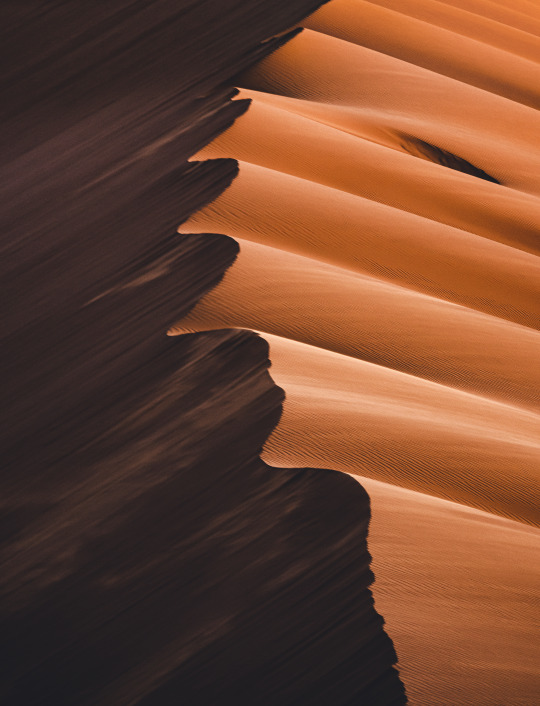
#namibia#namib desert#sand dunes#sand dune#dune#africa#desert#travel#landscape#african landscapes#landscapes#sand#national park#arid#dry#desert trip#namib naukluft#experience#exploration#desertscape#earthpix#deapthofearth#tranquil#outdoor photography#landscape photography#travel photography#namib-naukluft national park#national parks#national parks of africa
1K notes
·
View notes
Text
Namib Sand Geckos: these nocturnal geckos have biofluorescent markings that emit a bright, neon-green glow when exposed to the moonlight

This species (Pachydactylus rangei) is found only in the Namib Desert, which stretches across Namibia, Angola, and South Africa; the geckos typically inhabit the arid, coastal region known as the Skeleton Coast.
In order to escape from the blistering heat of the desert, they use their webbed feet to burrow down into the sand during the day, and then emerge only at night, when the temperature has finally dropped. The webbing on their feet also enables them to run more easily across the dunes.
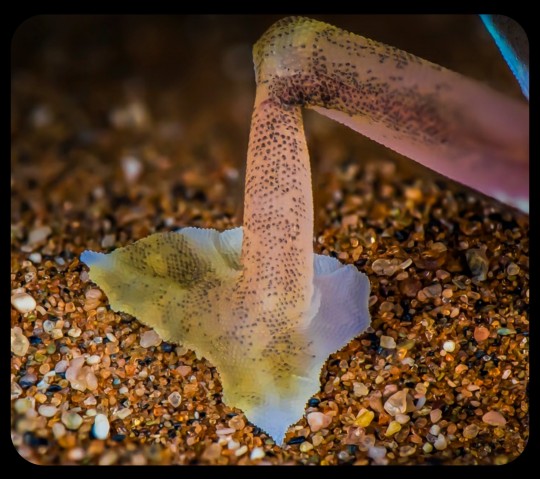
Namib sand geckos are covered in translucent scales, but they also have a strangely colorful appearance, as the colors/shades of their circulatory system, spinal column, internal organs, and optical membranes remain partially visible through the skin, producing various shades of pink, dark blue, purple, magenta, orange, and yellow.
They also have several distinctive markings running along their lower flank and encircling their eyes; these markings are known to fluoresce when exposed to UV light (including moonlight), emitting a bright, neon-green glow.

Some researchers have theorized that the biofluorescent markings may act as a signal to other geckos, allowing them to locate one another in the vast, desolate expanse of the desert, as this paper explains:
The fluorescent areas of P. rangei are concentrated around the eyes and along the lower flanks. This positioning is practically invisible to predators with a higher perspective (e.g. birds and jackals), but highly conspicuous from a gecko’s perspective. As P. rangei is sociable but generally solitary, and occurs at low population densities, such a signal might serve to locate conspecifics over greater distances ...
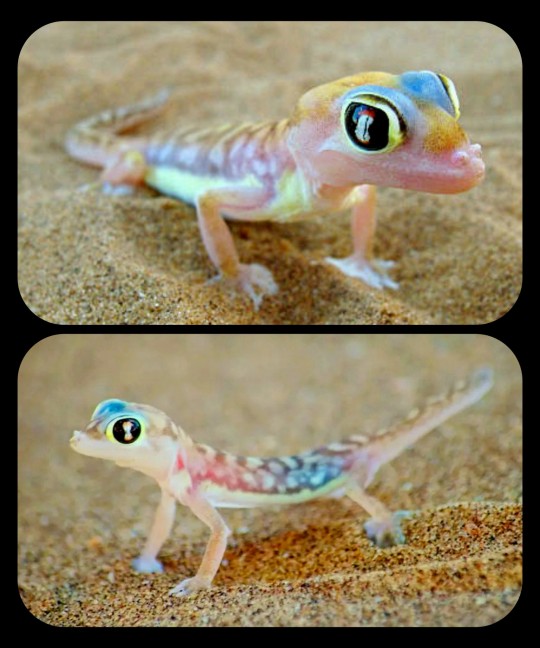
Encounters in P. rangei might serve purposes beyond mating opportunities: as the Namib desert has extremely low precipitation, fog is a key water source for its flora and fauna. Fog condenses on the bodies of the geckos, and they lick it from their faces. In husbandry, we have observed individuals licking water from conspecifics, taking advantage of a much greater available surface area.
Additionally, after short periods of isolation, the geckos run to meet each other. The combination of vital hydration with socialisation might reinforce signals that enable such meetings, and the cost of visibility to predators with higher vantage points, might constrain the signals to regions best visible from eye-level and below.
The Namib sand gecko is the only terrestrial vertebrate that is known to use an iridophore-based form of biofluorescence (you can find a more detailed explanation of that mechanism in the article mentioned above). The fluorescent dermal markings are also unique to this species.
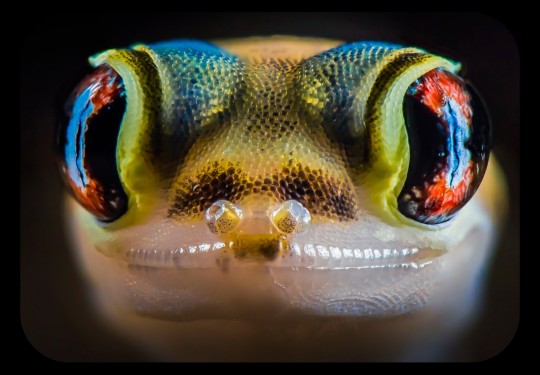
Sources & More Info:
Scientific Reports: Neon-green fluorescence in the desert gecko Pachydactylus rangei caused by iridophores
Animal Diversity Web: Pachydactylus rangei
Dr. Mark D. Scherz's Blog: A Neon-Green Glowing Gecko!
Australian Geographic: Skeleton Coast - Namibia's strange desert dwellers
#herpetology#reptiles#gecko#Pachydactylus rangei#namib sand gecko#palmatogecko#namib desert#namibia#biofluorescence#animals that glow#lizards#cute animals#biology#nature#africa#squamata#web-footed gecko#cool animals#geckos#South Africa#Angola#Skeleton Coast#wildlife#not an arthropod#but still pretty cool
173 notes
·
View notes
Text

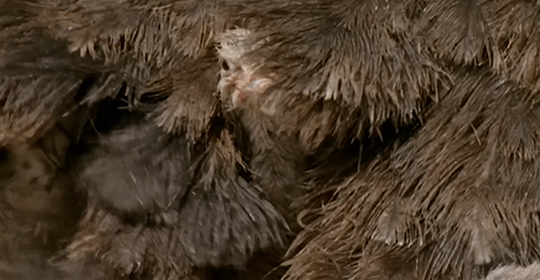


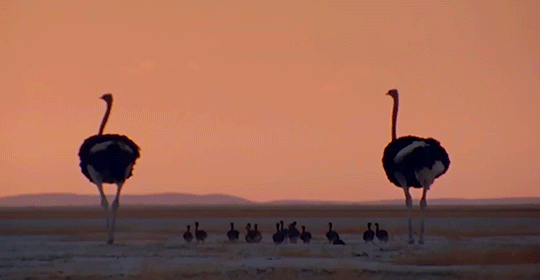
Raising Ostrich Chicks
BBC Earth
137 notes
·
View notes
Text

Tsaukaib Station Namibia
#canon#original photographers#photographers on tumblr#original photography#photography#black and white#black and white photography#namibia#namib desert#train station
81 notes
·
View notes
Text

Massive sand dunes of Namib Naukluft National Park, Namibia
Photo by Juan Carlos Munoz
#sand#sand dunes#desert#namibia#namib desert#namib naukluft national park#orange#orange sand#landscape#desert landscape#landscape photography#desert photography#nature#africa
158 notes
·
View notes
Photo

An Aerial View Of The Namib Desert Courtesy Of The European Space Agency
130 notes
·
View notes
Text

An oryx in Namibia. From WithLuke Photography on Facebook.
@tamron_deutschland 150-500mm
#namibia #oryx
33 notes
·
View notes
Photo
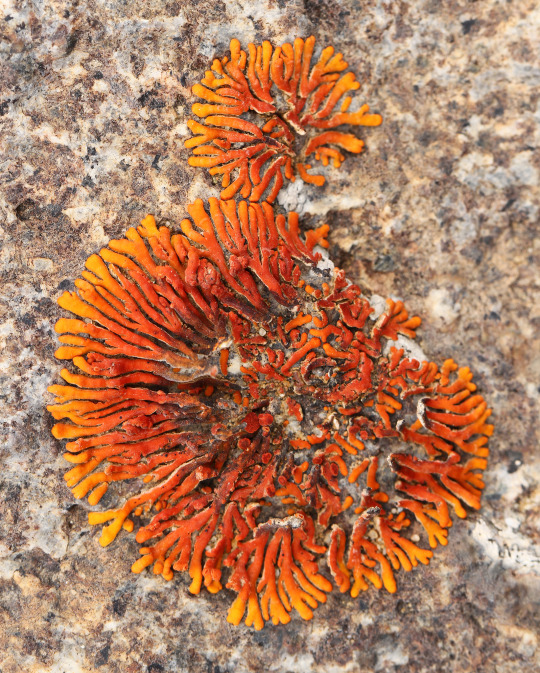


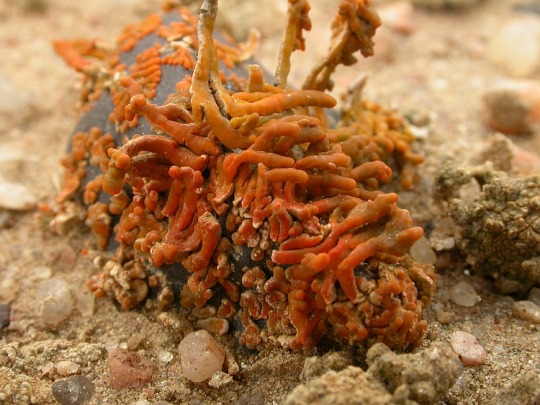


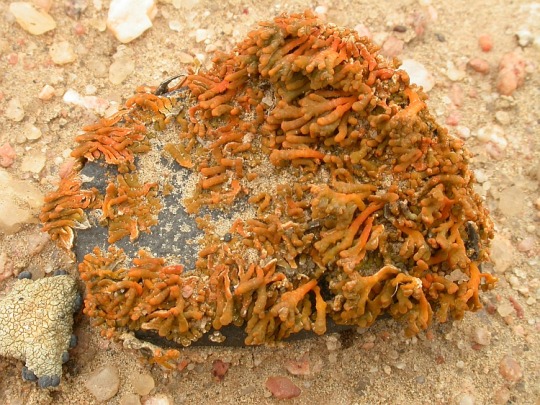


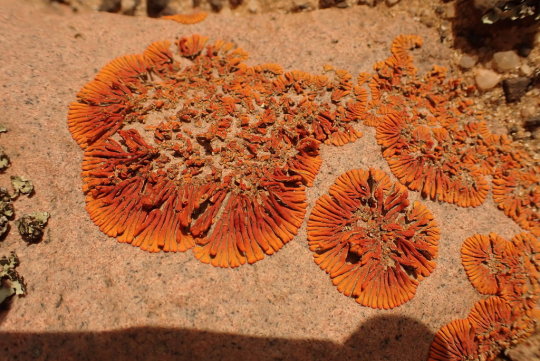
Stellarangia elegantissima
Namib sun, yellow star
It is HOT here in Europe today, so I’ve been laying around in my underwear all day doing nothing because I am a large mammal and not adapted to do things in this kind of weather. Really wishing I was a desert lichen right now like S. elegantissima so I could thrive in this shit. This absolutely stunning lichen is one of many species of lichen that form the dominant biomass of the Namib desert in Namibia. That bright red-orange color comes from special pigments in the thallus that protect the algae and fungal hyphae within. And there are a lot of cool biochemical processes within that help the lichen adapt to extreme heat and desiccation. God I wish that were me.
images: source | source
#lichen#lichens#lichenology#lichenologist#lichenized fungus#fungus#fungi#mycology#ecology#biology#botany#bryology#systematics#taxonomy#adaptation#life science#environmental science#natural science#Namib desert#Namibia#Stellarangia elegantissima#Stellarangia#I'm lichen it#lichen a day#daily lichen post#nature#the natural world#I love lichens#lichen subscribe
304 notes
·
View notes
Text
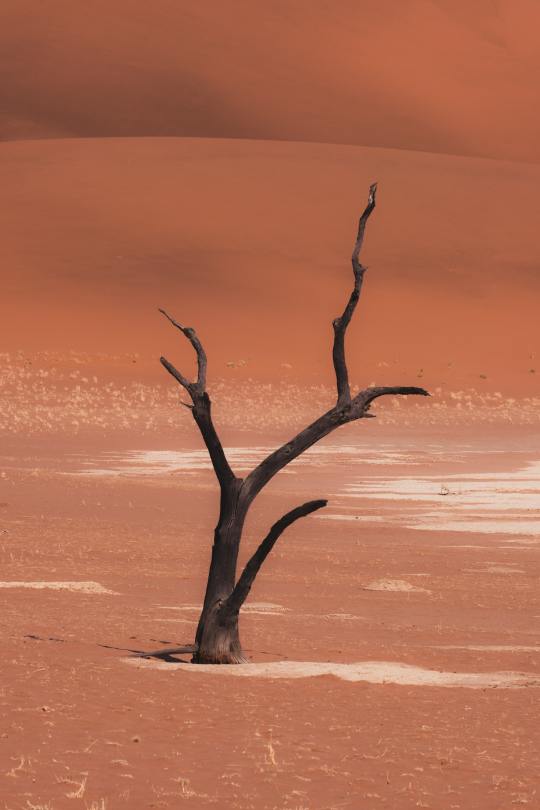
Namibia (by op23)
See more of Namibia | Africa.
#namibia#africa#tree#trees#travel#wanderlust#explore#dead tree#sticks#desert#deserts#safari#scenic#orange#orange aesthetic#dunes#li_destinations#namib desert#desolate#landscapes#landscape photography
126 notes
·
View notes
Text
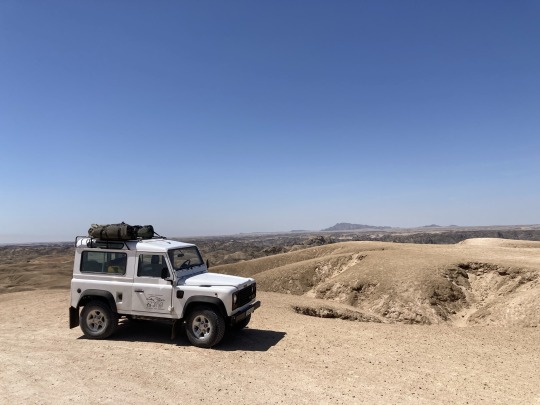
Namib-Naukluft desert, Namibia 🇳🇦
8 notes
·
View notes
Text

Namibia landscape, colors of Namibian national flag in the sky.
3 notes
·
View notes
Text
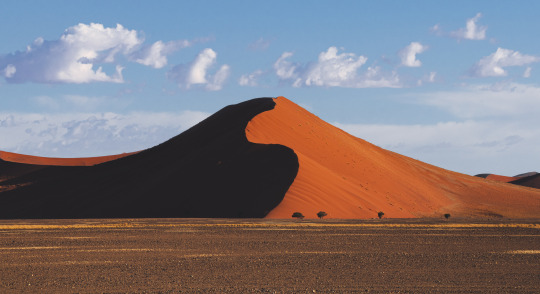
#namibia#namib desert#sand dunes#desert#africa#travel#landscape#african landscapes#landscapes#sand#sand dune#dunes#arid#dry#desert trip#namib naukluft#experience#exploration#earthpix#depthofearth#outdoor photography#landscape photography#travel blog#namibia travel#roadtrip#national parks
170 notes
·
View notes
Text
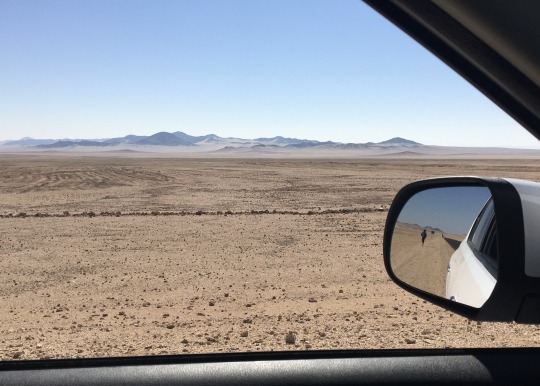
Open.
Namibia, 2017.
#photographers on tumblr#original photographers#street photography#street#travel#film photography#desert#namibia#namib desert#empty spaces#nature photography#africa#southern africa
10 notes
·
View notes
Photo

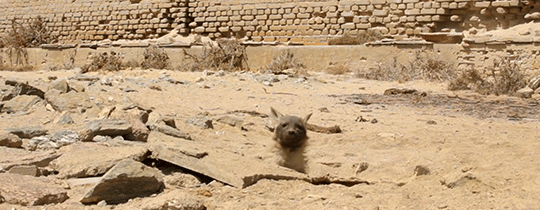

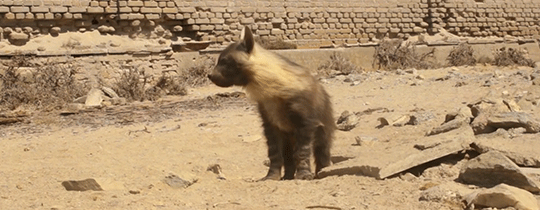

“A desert specialist and one of Africa’s rarest predators, the brown hyena. This ghost town is her home. Its ruins give her protection from the elements. She has been here for 15 years. She’s already reared nine generations of cubs.”
David Attenborough | BBC Earth
#brown hyena#david attenborough#BBC Earth#namib desert#namibia#predator#mammalia#carnivora#carnivore#desert#consider this a mother's day post lol
5K notes
·
View notes
Text

Kolmanskop …….. Namibia
#canon#original photographers#photographers on tumblr#original photography#photography#black and white#black and white photography#namibia#namib desert#kolmanskop
35 notes
·
View notes
Text

Palmated gecko (Pachydactylus rangei)
Photo by Emanuele Biggi
#Pachydactylus rangei#Pachydactylus#gecko#palmated gecko#reptiles#lizards#purple#namib sand gecko#namib web-footed gecko#african lizards#african geckos#namib desert#southern africa#nature#animals#wildlife
12 notes
·
View notes